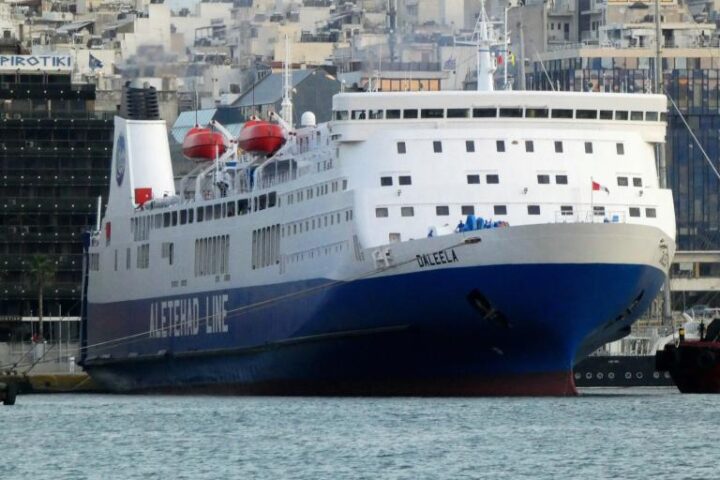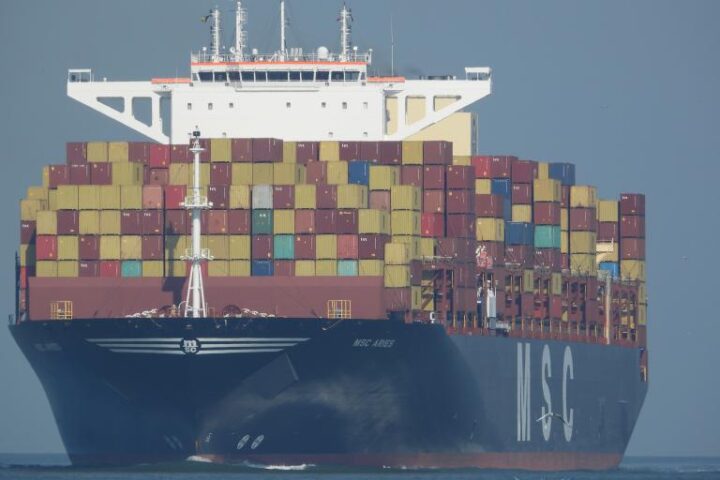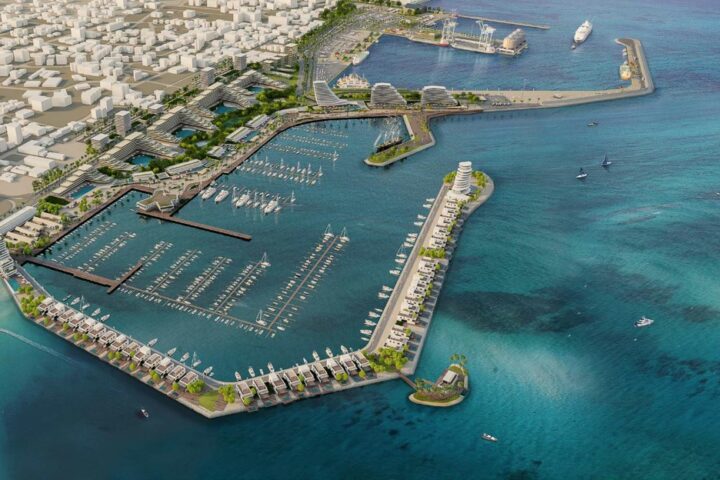Bank of Cyprus announced it is selling a loan portfolio with a gross book value of €2.8 bln to NYSE-listed Apollo Global Management for €1.4 bln, making it the biggest deal of its kind in Cyprus.
The portfolio sale, of which €2.7 bln are asset-backed non-performing loans (NPLs), will help reduce the lender’s bad loans by 40%, but came amid the bank’s disappointing first-half results; it announced a net loss of €54 mln, one tenth of the €554 mln in the same period last year, on the back of a 5.1% drop in net income to €446 mln.
.jpg)
The bank said its sale to Apollo, dubbed the “Helix project”, was a ‘significant milestone’ as it marks the 13th consecutive quarter of organic NPL reduction and slashes its NPL exposures from about €15 bln at the peak of the financial crisis in December 2014 to 5.4 bln. It added that it has not included a further reduction of €900 mln in NPLs when the government-backed ESTIA bad bank comes into effect, probably later this year.
Apollo had assets under management of approximately $270 bln as of June 30 in private equity, credit and real assets funds invested across a core group of nine industries.
The Financial Times reported that “the agreement to sell the loan portfolio to Apollo Global, the US-based private equity firm, for €1.4 bln comes as European banks have ramped up sales of bad loans following pressure from the ECB to clean up balance sheets. Changes to accounting rules, which allow banks to take extra provisions on bad loans without having to raise fresh capital, has also provided fresh impetus to lenders to sell toxic loans in some of the hardest-hit countries such as Greece and Italy.
Addressing the shareholders’ annual general meeting earlier Tuesday, where Chairman Josef Ackermann announced he would step down in August 2019, CEO John Hourican said the results “reflect continuing delivery against our core objective of balance sheet repair.”
Hourican, brought in to lead the bank out of its quagmire in December 2013, has just had his stay extended by a further two years to the end of 2020, in order to complete what he started with the bank’s deleveraging after a painful bail-in that wiped out most of its depositors’ shareholding and brought in a new group of investors.
He said that the first sale of NPLs by the bank, which is also the first meaningful corporate and SME NPL trade in Cyprus, “is a very meaningful trade in the context of the bank and indeed the country.”
“This complements our successful programme of organic non-performing exposure reduction. During the quarter, we restructured €435 mln of NPEs, our thirteenth consecutive quarter of meaningful reductions. This was in line with our guidance and reduces NPEs to €7.9 bln.”
Helix Project
Hourican said that the Helix project is expected to further reduce NPEs by €2.7 bln to €5.2 bln, representing an overall 65% or €10 bln reduction since their peak in 2014 (55% of the country’s GDP) and is expected to improve the bank’s NPE ratio by c.10 p.p., whilst maintaining coverage at c.50%.
“Since 2014, we have focused on decreasing our stock of NPEs and on improving the asset quality of the bank. Today’s transaction is a significant step forward and an important landmark on our journey of de-risking our balance sheet and enhancing our capital position.”
“In July, as previously announced, we signed a binding agreement for the sale of our UK subsidiary. This is in line with our strategy of delivering value to shareholders and focusing on supporting the growth of the Cypriot economy. The sale will result in a profit of c.€3 mln on completion and is expected to add c.75 bps to the CET1 ratio and c.70 bps to the Total Capital Ratio, based on 30 June figures.”
“Our capital levels remain adequate at the quarter end and are expected to be strengthened once both these post quarter-end transactions are completed. As at 30 June 2018, the bank’s CET1 ratio (transitional) was 11.9% and the Total Capital Ratio was 13.4%, both in excess of regulatory requirements. Pro forma for both Helix and the UK sale, the capital ratios are expected to improve by a further c.200 bps to 14.0% and 15.4%, respectively.”
As regards a possible capital raise, Hourican said that “we are in the process of finalising the terms with, and seeking binding commitments from investors, in respect of a privately placed AT1 transaction, subject to market conditions.”
Returning to the bank’s performance, Hourican said that during the second quarter, “deposits remained broadly stable and we remain in full compliance with our liquidity requirements. Following the relaxation of the local liquidity requirements on 1 July 2018, the bank had a significant liquidity surplus of €1.4 bln. New lending reached €1.3 bln in the first six months of the year, exceeding new lending compared to the corresponding period in 2017. We are pleased to have maintained our leading market position in the strong Cypriot economy, which expanded by 4.0% during the first half of the year. The loan to deposit ratio stood at 77% at the quarter end and at 68% pro forma for both transactions.
“Our performance in the second quarter generated total income of €201 mln and underlying profits of €44 mln, equivalent to earnings per share of 10 cents, in line with previous guidance. In addition to related costs of €6 mln, Helix reported a loss of €135 mln, including transaction costs, in the second quarter. The loss on Helix is expected to decline to c.€105 mln by the year end, as the time value of money unwinds.”
Warning against complacency, Hourican said that “we are under no illusions that there is more to be done. We have a clear strategy for continuing to improve the asset quality position of the bank and further deal with the residual c.€5 bln of non-performing loans. We remain as focused as ever on continuing to seek solutions, both organic and inorganic, to make the bank a stronger, safer, Cyprus-focused institution.”







